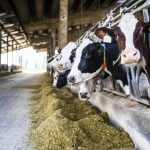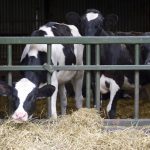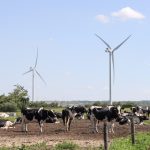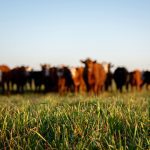Concern has been rising over the use of a feed supplement, Bovaer 10, to reduce methane production in cows. Bovaer 10 consists of silicon dioxide (basically sand), propylene glycol (a food stabilizer) and the active compound 3-nitrooxypropanol (3-NOP). Bovaer and 3-NOP were approved for use in Canada in early 2024. Canadian beef and dairy industry










